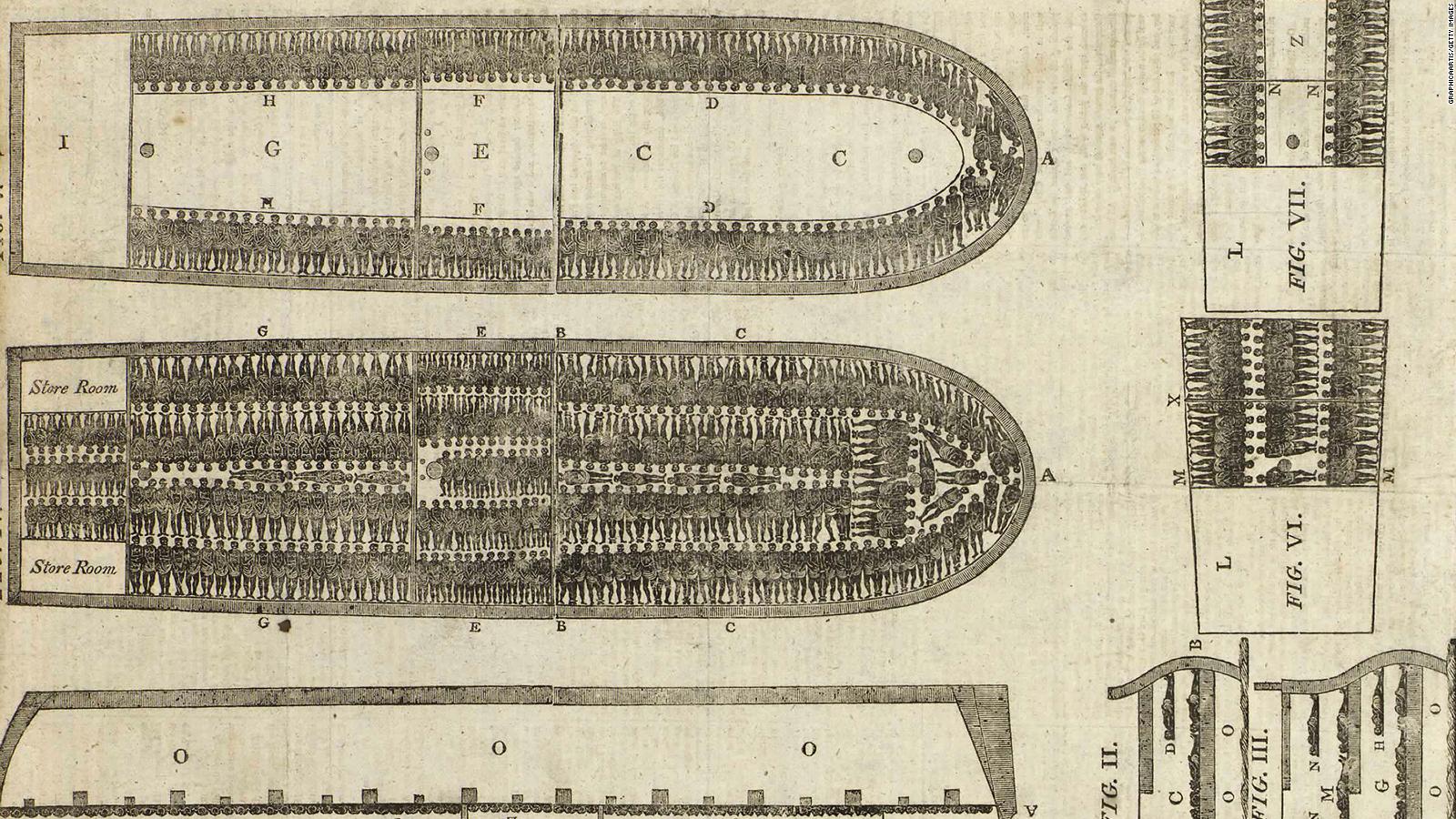For fully aggregated and un-grouped statements, output snapshot outputs a single row with current aggregation value. For aggregated ungrouped and grouped statements, as well as for unaggregated statements,output snapshot considers events held by the data window and outputs a row for each event. If the statement specifies no data window or a join results in no rows, the output is no rows. For fully aggregated and grouped statements with a join and/or data windows the output consists of aggregation values according to events held in the data window or that are join results . When the from-clause lists only tables, use output snapshot to output table contents. It specifies one or more event streams, named windows or tables.
Each event stream, named window or table can optionally be given a name by means of the as keyword. Joins and the unidirectional keyword are described in more detail in Section 5.12, "Joining Event Streams". Joins are handy when multiple streams or patterns can trigger output and outer joins can be used to union and connect streams via or. The following EPL statement shows event type, filter criteria and data windows combined in one statement.
It selects all event properties for the last 100 events of IBM stock ticks for volume. In the example, the event type is the fully qualified Java class name org.esper.example.StockTick. The expression filters for events where the property symbol has a value of "IBM". This query specifies a length window and thus computes the total volume of the last 100 events. Aggregate functions return a single result row based on groups of rows, rather than on single rows.
Aggregate functions can appear in select lists and in ORDER BY and HAVING clauses. They are commonly used with the GROUP BY clause in a SELECT statement, where Oracle Database divides the rows of a queried table or view into groups. In a query containing a GROUP BY clause, the elements of the select list can be aggregate functions, GROUP BY expressions, constants, or expressions involving one of these. Oracle applies the aggregate functions to each group of rows and returns a single result row for each group. EPL allows declaring an event type via the create schema clause and also by means of the static or runtime configuration API addEventType functions.
The term schema and event type has the same meaning in EPL. Your application can declare an event type by providing the property names and types or by providing a class name. Your application may also declare a variant stream schema.
When using the configuration API, the event type stays cached even if there are no statements that refer to the event type and until explicitly removed via the runtime configuration API. You can use aggregation functions in a select clause and in a having clause. You cannot use aggregate functions in a where clause, but you can use the where clause to restrict the events to which the aggregate is applied. The next query computes the average and sum of the price of stock tick events for the symbol IBM only, for the last 10 stock tick events regardless of their symbol.
Expression_n Expressions that are not encapsulated within an aggregate function and must be included in the GROUP BY Clause near the end of the SQL statement. Aggregate_function This is an aggregate function such as the SUM, COUNT, MIN, MAX, or AVG functions. Aggregate_expression This is the column or expression that the aggregate_function will be used on. There must be at least one table listed in the FROM clause. HAVING condition This is a further condition applied only to the aggregated results to restrict the groups of returned rows.
Only those groups whose condition evaluates to TRUE will be included in the result set. Though both are used to exclude rows from the result set, you should use the WHERE clause to filter rows before grouping and use the HAVING clause to filter rows after grouping. In other words, WHERE can be used to filter on table columns while HAVING can be used to filter on aggregate functions like count, sum, avg, min, and max.
The event_type is the name of the type of events that the update applies to. The optional as keyword can be used to assign a name to the event type for use with subqueries, for example. Following the set keyword is a comma-separated list of property names and expressions that provide the event properties to change and values to set. Your applications must ensure to configure a cache for your database using Esper configuration, as such indexes are held with regular data in a cache. If you application does not enable caching of SQL query results, the engine does not build indexes on cached data.
This is especially useful if your queries return a large number of rows. For building the proper indexes, Esper inspects the expression found in your EPL query where clause, if present. For outer joins, Esper also inspects your EPL query on clause. Esper analyzes the EPL on clause and where clause expressions, if present, looking for property comparison with or without logical AND-relationships between properties. When a SQL query returns rows for caching, Esper builds and caches the appropriate index and lookup strategies for fast row matching against indexes.
The insert into clause allows to merge multiple event streams into a event single stream. The clause names an event stream to insert into by specifing an event_stream_name . The first statement that inserts into the named stream defines the stream's event types. Further statements that insert into the same event stream must match the type of events inserted into the stream as declared by the first statement.
Can We Use Having Clause Before Group By The distinct keyword in your select instructs the engine to consolidate, at time of output, the output event and remove output events with identical property values. GROUP BY enables you to use aggregate functions on groups of data returned from a query. FILTER is a modifier used on an aggregate function to limit the values used in an aggregation. All the columns in the select statement that aren't aggregated should be specified in a GROUP BY clause in the query. You can use outer joins to join data obtained from an SQL query and control when an event is produced.
Use a left outer join, such as in the next statement, if you need an output event for each event regardless of whether or not the SQL query returns rows. If the SQL query returns no rows, the join result populates null values into the selected properties. In a join and outer join, your statement must declare a data window onto each stream. Streams that are marked as unidirectional and named windows and tables as well as database or methods in a join are an exception and do not require a data window. If you are joining an event to itself via contained-event selection, data windows also do not need to be specified. The reason that a data window must be declared is that a data window specifies which events are considered for the join (i.e. last event, last 10 events, all events, last 1 second of events etc.).
While a subquery cannot change the cardinality of the selected stream, a subquery can return multiple values from the selected data window or named window or table. This section shows examples of the window aggregation function as well as the use of enumeration methods with subselects. Your subquery may select multiple columns in the select clause including multiple aggregated values from a data window or named window or table. Function_name Function calls can appear in the FROM clause. If an alias is written, a column alias list can also be written to provide substitute names for one or more attributes of the function's composite return type.
If the function has been defined as returning the record data type, then an alias or the key word AS must be present, followed by a column definition list in the form ( column_name data_type [, ... Any window, such as the time window, generates insert stream events as events enter the window, and remove stream events as events leave the window. The engine executes the given SQL query for each CustomerCallEvent in both the insert stream and the remove stream. As such an application may create explicit indexes as discussed in Section 6.9, "Explicitly Indexing Named Windows and Tables". Event pattern expressions can also be used to specify one or more event streams in an EPL statement.
For pattern-based event streams, the event stream definition stream_def consists of the keyword pattern and a pattern expression in brackets []. The syntax for an event stream definition using a pattern expression is below. As in filter-based event streams you can specify data windows.
The select clause in an EPL query specifies the event properties or events to retrieve. The from clause in an EPL query specifies the event stream definitions and stream names to use. The where clause in an EPL query specifies search conditions that specify which event or event combination to search for. For example, the following statement returns the average price for IBM stock ticks in the last 30 seconds. The GROUP BY statement groups rows that have the same values into summary rows, like "find the number of customers in each country". The GROUP BY statement is often used with aggregate functions to group the result-set by one or more columns.
The GROUP BY statement groups rows that have the same values into summary rows, like "find the number of customers in each country".. The GROUP BY statement is often used with aggregate functions (COUNT(), MAX(), MIN(), SUM(), AVG()) to group the result-set by one or more columns. The GROUP BY statement is often used with aggregate functions ( COUNT() , MAX() , MIN() , SUM() , AVG() ) to group the result-set by one or more columns. ROLLUP is an extension of the GROUP BY clause that creates a group for each of the column expressions. Additionally, it "rolls up" those results in subtotals followed by a grand total. Under the hood, the ROLLUP function moves from right to left decreasing the number of column expressions that it creates groups and aggregations on.
Since the column order affects the ROLLUP output, it can also affect the number of rows returned in the result set. The event_type is the name of the type of events that trigger the variable assignments. It is optionally followed by filter_criteria which are filter expressions to apply to arriving events. The optional as keyword can be used to assign an stream name.
Patterns and named windows can also be specified in the on clause. Certain JDBC database drivers are known to not return metadata for precompiled prepared SQL statements. Esper obtains SQL result set metadata to validate an EPL statement and to provide column types for output events. JDBC drivers that do not provide metadata for precompiled SQL statements require a workaround. Such drivers do generally provide metadata for executed SQL statements, however do not provide the metadata for precompiled SQL statements. The statement above always generates at least one output event for each CustomerCallEvent, containing all columns selected by the SQL query, even if the SQL query does not return any rows.
The on acts as an additional filter to rows returned by the SQL query. The event_stream_name is an identifier that names the event stream generated by the engine. The identifier can be used in further statements to filter and process events of that event stream, unless inserting into a table. The insert into clause can consist of just an event stream name, or an event stream name and one or more property names.
Esper filters events using the filter criteria for the event stream StockTickEvent. In the example above only events with symbol IBM enter the length window over the last 10 events, all other events are simply discarded. The where clause removes any events posted by the length window that do not match the condition of volume greater then 1000. Remaining events are applied to the stddev standard deviation aggregate function for each tick data feed as specified in the group by clause. Esper applies the having clause and only lets events pass for tickDataFeed groups with a standard deviation of price greater then 0.8.
The order of any output events for both insert and remove stream data is well-defined and exactly as indicated before. For example, specifying grouping sets ((), symbol, tickDataFeed) outputs a total overall, a total by symbol and a total by feed in that order. If the statement has an order-by-clause then the ordering criteria of the order-by-clause take precedence.
The UNION operator computes the set union of the rows returned by the involved SELECT statements. A row is in the set union of two result sets if it appears in at least one of the result sets. The two SELECT statements that represent the direct operands of the UNION must produce the same number of columns, and corresponding columns must be of compatible data types. If you omit the GROUP BY clause, then Oracle applies aggregate functions in the select list to all the rows in the queried table or view.
SQL Inner Join permits us to use Group by clause along with aggregate functions to group the result set by one or more columns. Group by works conventionally with Inner Join on the final result returned after joining two or more tables. Your applications must ensure to configure a cache for your invocation using Esper configuration, as such indexes are held with regular data in a cache. If you application does not enable caching of invocation results, the engine does not build indexes on cached data. The engine determines the type of the SQL query output columns by means of the result set metadata that your database software returns for the statement.
The actual query results are obtained via the getObject on java.sql.ResultSet. The alias assigned to the first and second expression in the select-clause, namely orderId and items, both match the event property names of the Purchase Order event type. The column names provided to the new operator also both match the event property names of the Item event type. At compile time the engine scans new filter expressions for sub-expressions that can be placed into filter indexes. The above list of operators represents the set of operators that the engine can best convert into filter index entries.
The use of comma or logical and in filter expressions is fully equivalent. Names of built-in functions and certain auxiliary keywords are permitted as event property names and in the rename syntax of the select clause. Similar to tables in a SQL statement, data windows define the subset of events to be analyzed. Data windows can be combined to an intersection or union of sets of events. Some of the often-used data windows are #length, #time, #unique, #lastevent, #firstevent and #keepall.
Any reason for GROUP BY clause without aggregation function , is the GROUP BY statement in any way useful without an accompanying aggregate function? Using DISTINCT would be a synonym in such a Every column not in the group-by clause must have a function applied to reduce all records for the matching "group" to a single record . If you list all queried columns in the GROUP BY clause, you are essentially requesting that duplicate records be excluded from the result set.
Using having without group by, A HAVING clause without a GROUP BY clause is valid and "When GROUP BY is not used, HAVING behaves like a WHERE clause. With the implicit group by clause, the outer reference can access the TE columns. Group By Clause Generally, these functions are aggregate functions such as min(),max(),avg(), count(), and sum() to combine into single or multiple columns.
It uses the split-apply-combine strategy for data analysis. How do you create the set of records for the aggregate functions? However, you can also use the full result set of the query as a single record set.
























































